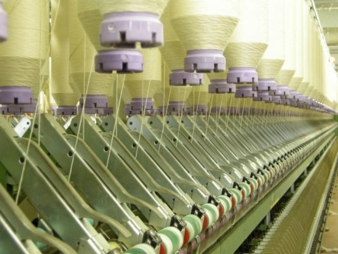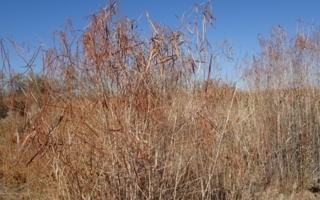05/07/2019 – Bremer Baumwollbörse — auf Deutsch lesen
Cotton Consumption at Record High
The cotton industry is facing continued uncertainty as a result of the unsolved trade row between the USA and China.
Global economic growth is slowing down, while at the same time, demand for cotton is losing momentum. Nevertheless, the International Cotton Advisory Committee’s 2019/20 forecast shows world cotton consumption at a record high level of 27.3 m tonnes, an increase of 1.4 percent compared to the previous season. In addition to the increase in the world’s population, the competitive price of cotton in relation to polyester is also a significant factor in increasing cotton consumption.
Increases in worldwide acreage and production are also expected in 2019/20 as farmers, especially in the United States, China, India and Pakistan respond to favourable cotton prices compared to competing crops. As a result, the ICAC predicts that global production will increase to 27.6 m tonnes, an increase of 5.7 percent compared to the previous season.
The forecast is supported by a six percent rise in global yields to 817 Kg/ha.
This means that production is currently forecast to slightly exceed consumption, which is expected to result in end stock levels increasing by 1.5 percent to 17.7 m tonnes by the end of 2019/20 season.
According to the ICAC price model, the Cotlook A Index will average 81.25 cents per pound in the upcoming season. The Cotlook A Index reflects the price movements of raw cotton, with a focus on deliveries in Asia. The ICAC’s projection would be lower than the Cotlook A Index of 88 cents/lb in 2018/19 and 83 cents/lb in 2017/18. The CIF Bremen price index for cotton on the European northern continent stood at 88.85 US cents/lb on 3 April. The CIF Bremen index reflects the daily value of cotton and is published by the ‘Committee for Standards, for the Determination of Value Differences and for Price Quotations’ at the Bremen Cotton Exchange.




